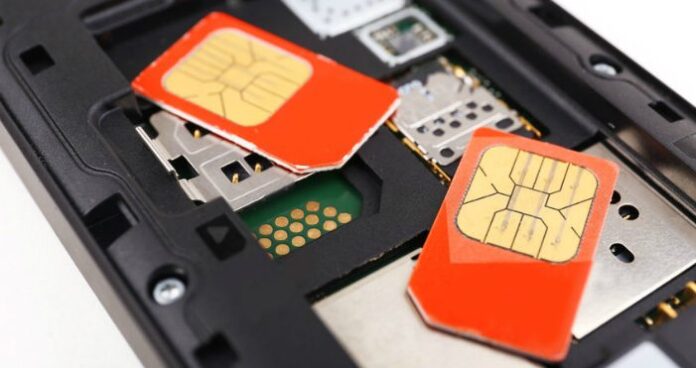The Brazilian mobile landscape is undergoing a transformation with the potential for heightened competition in the coming years. Driving the market shift is the reduction of a termination rate imposed by telecom regulator Anatel, which wants the discount applied to customers, plus the massive use of instant messaging application WhatsApp. As a result, consumers might prefer to have only one SIM card, and carriers are fighting for customers. In addition, in lieu of market share, the current emphasis is on value-share creation and increasing the average revenue per user.
Two carriers, TIM and Oi, have moved in that direction, with both announcing the end of long-distance calling fees and setting the same rate for both on- and off-net calls. This strategy has already been adopted in several countries, including Chile, which in 2012 mandated the elimination of long-distance rates by 2014. In Brazil, however, the move has just started.
As a result, carriers expect customers will replace multiple SIM cards with just one, a possibly huge transformation in the prepaid-customer dominated Brazilian market. The latest data from Anatel shows 74.29% of all mobile lines in August were prepaid. The reason for prepaid dominance is customers owning more than one SIM card so they can make free on-network calls.
For the past few years, mobile network operator strategy has relied on encouraging customers to bring their friends and family to the same carrier in order to take advantage of free on-network calling. Now, regulators want to change that by setting plans that charge the same for calling between operators.
The WhatsApp effect
The shift would happen at some point due to the reduction of termination rates — the tariff has dropped significantly since 2010, from an average of 0.40 real (11 cents) to 0.15 real with the perspective to reach 0.02 real by 2019. However, with increased adoption of WhatsApp, that change is anticipated to happen within a year.
As people began to use the over-the-top platform to send text and voice messages, the need to communicate with others on the same carrier became unnecessary. The OTT app made communications less costly for those who own a smartphone and have Internet access using both Wi-Fi and data plans.
The decreasing sense of on-network community building, pushed by WhatsApp, along with the reduction of mobile termination rate fees, drove Oi and TIM to set new strategies. The carriers rolled out new structures within three days of one another: TIM announced first, and despite some pricing differences the offerings are essentially the same with the elimination of long-distance fees and charging the same for on- and off-net calls.

The battle for being first choice for mobile
“Oi aims at gaining market share with the recently launched offerings. We know that, in the medium term, the number of SIM cards will drop. Mobile active line numbers fall as the sense of community ends. So we want to guarantee our market share,” said Bernardo Winik, director at Oi.
Currently, Oi is the No. 4 carrier with a market share of 17.9%, while TIM ranks No. 2 with 26.2% market share. Vivo is currently the largest carrier in Brazil with 29.1% market share. Since Oi and TIM were the first to announce plan changes, they might have more potential to pick up new customers from competitors.
“Due to our extended base, we are able to know who uses TIM as first or second chip and we can reach out to them to offer new plans,” Rogerio Takayanagi, CMO of TIM Brasil, told RCR Wireless News.
As for Oi, around 30% to 40% of its prepaid base use the carrier as a second SIM card.
“We are second where we have less market share. With the reduction of the termination rate, we believe [those] who [have] less market share tend to gain more clients,” Takayanagi said.
As customers discard multiple SIM cards, the total active lines base in Brazil could decline. Takayanagi forecasts the reduction will be around 20% to 30% of the total market in the coming years. As a consequence, carriers will have their Fistel telecom tax reduced as they pay the tax once a year for each active mobile line.
However, both TIM’s Takayanagi and Oi’s Winik are confident new revenue will come from termination rate payments between telecom operators, since mainly prepaid customers – almost 75% of the total base – don’t make off-net calls, but will start doing so once the rates align.
RCR Wireless News asked Vivo and Claro if they plan to equal rates and eliminate long-distance fees. Vivo declined to comment, and Claro sent a statement only about data plans, not addressing the questions sent.
Wondering what’s going on in Latin America? Why don’t you follow me on Twitter? Also check out all of RCR Wireless News’ Latin American content.
Featured Image Copyright: belchonock / 123RF Stock Photo

